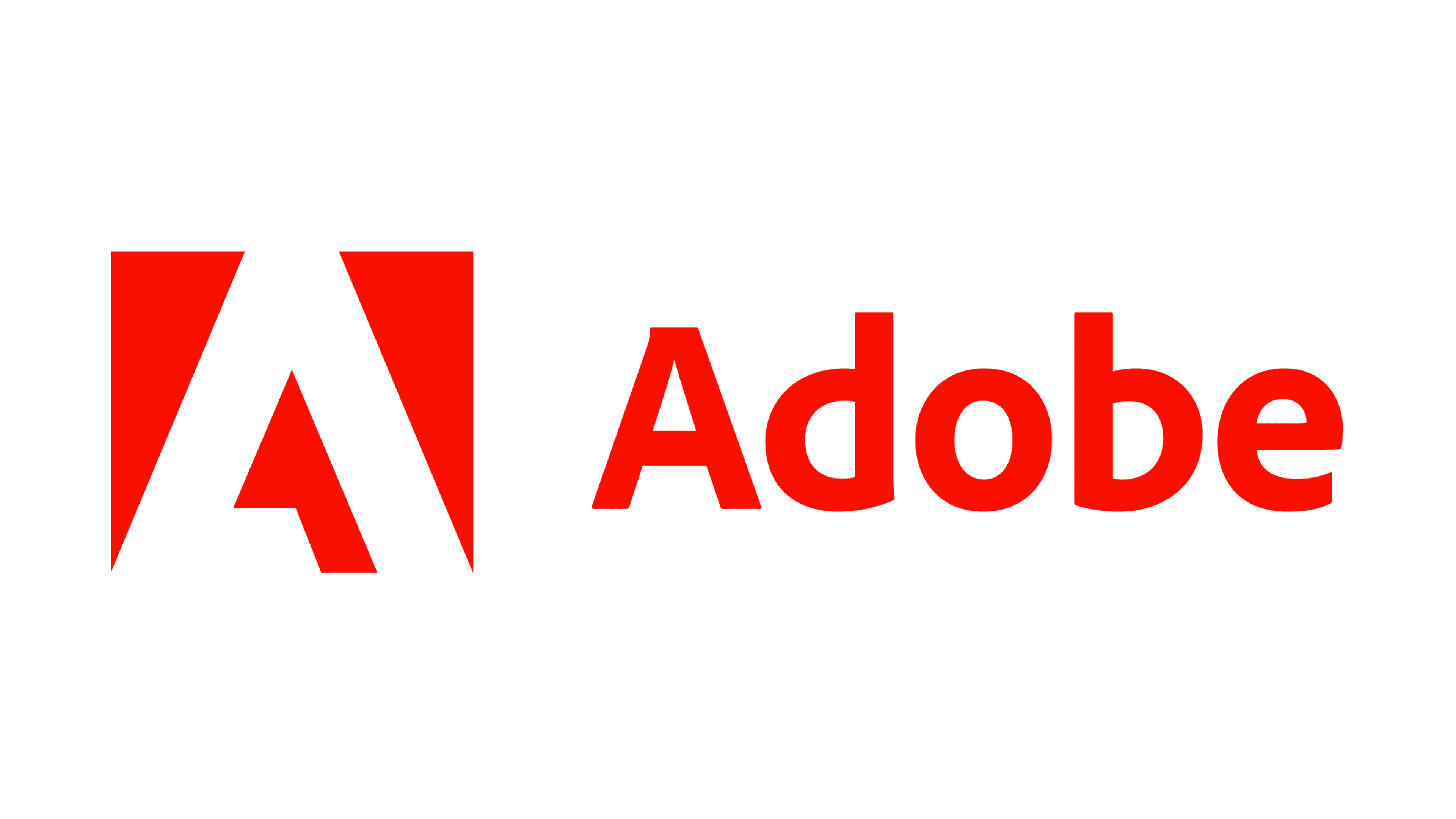Exploring Social Media for Professional Growth
Exploring Social Media for Professional Growth
Familiar and Unfamiliar Social Media Tools
Familiar Tool: LinkedIn
LinkedIn has been a cornerstone of my professional online presence. As a network dedicated to professionals, LinkedIn allows users to connect with colleagues, join industry-specific groups, follow companies, and engage with content related to their field. I've used LinkedIn to expand my professional network, stay updated on industry trends, and even discover job opportunities. The platform’s ability to showcase skills, endorsements, and recommendations has been invaluable for personal branding.
Unfamiliar Tool: Pinterest
Pinterest, primarily known as a visual discovery and bookmarking tool, is relatively new to me in the professional context. After exploring its functionalities, I see significant potential for my career. Pinterest allows users to curate and share visual content such as infographics, portfolios, and inspirational images. For someone in my field, Pinterest can be a valuable resource for collecting and organizing ideas, showcasing work, and staying inspired by industry trends. Registering and familiarizing myself with Pinterest could enhance my ability to present visual content effectively and engage with a creative community.
Efficient Use of Social Media by Organizations
Example 1: Adobe
Adobe is known for its creative software solutions, and it leverages social media effectively to engage with its audience. Across platforms like Instagram, Twitter, and YouTube, Adobe shares user-generated content, tutorials, and behind-the-scenes glimpses into its products. Their social media strategy includes:
User-Generated Content: Encouraging users to share their creations using Adobe products, which not only showcases the software’s capabilities but also fosters a sense of community among creatives.
Educational Content: Providing tutorials and tips to help users get the most out of Adobe products, positioning the company as a valuable resource for creative professionals.
Brand Advocacy: Partnering with influencers and artists to create sponsored content that resonates with their target audience and reinforces Adobe’s brand values.
Example 2: Airbnb
Airbnb utilizes social media to showcase unique accommodations, promote travel experiences, and engage with its global community. On platforms like Instagram, Facebook, and Twitter, Airbnb’s social media strategy focuses on:
Visual Storytelling: Sharing stunning photos and videos of Airbnb listings and travel destinations, inspiring wanderlust and driving engagement.
User Engagement: Encouraging users to share their travel experiences using Airbnb accommodations through hashtags and user-generated content campaigns.
Community Building: Hosting online events, Q&A sessions, and contests to foster a sense of belonging among hosts and guests, turning them into brand advocates.
My Digital Identity
Examination of My Social Media Activity
My digital presence is most active on Facebook and LinkedIn. On LinkedIn, I share industry-related articles, participate in discussions, and connect with professionals in my field. My Facebook activity, although less frequent, includes sharing updates about professional milestones and participating in industry-related groups.
Digital Identity Assessment
Googling myself reveals a coherent digital identity centered on my professional interests. The search results include my LinkedIn profile, contributions to industry forums, and a few mentions in articles related to my work. This online presence reflects my dedication to continuous learning and professional development.
Control and Accuracy of Online Information
Most of the information found online about me is accurate, but I notice the lack of personal content. This is intentional, as I aim to keep my personal and professional lives separate. To further control my digital footprint, I regularly review privacy settings on social media platforms and monitor mentions of my name online.
Conclusion
My digital identity is shaped by deliberate engagement in professional communities and a focus on content that adds value to my field. By continuously refining my social media strategy and exploring new tools like Pinterest, I can enhance my professional presence and leverage social media for career growth.






Comments
Post a Comment